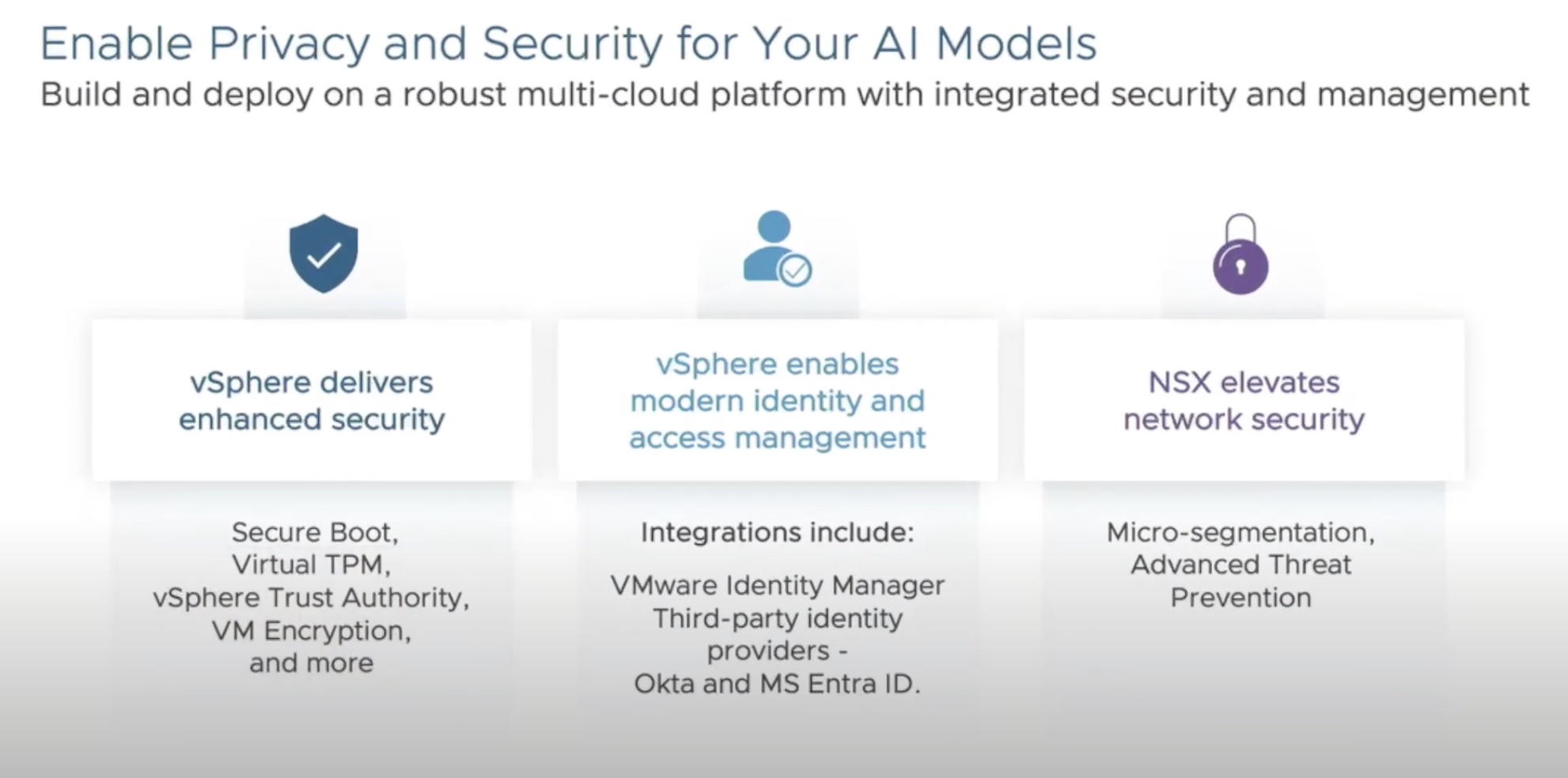On 12.02.08 VMware announced the general availability of their latest version of VDI products and moved a step closer to fulfilling it’s vClient initiative discussed at VMworld 2008 in Las Vegas earlier this year. The new VMware View 3 is comprised of a suite of products that will work together to deliver virtual desktop infrastructure that expands beyond VMware’s current VDM 2.1 features and promises to provide VDI access from anywhere and from any device. There has already been a lot written about VMware View and about what VMware’s product offering now means for VDI today and it’s expected impact in 2009. Brian Madden provided some great insight on what pieces are strategic in terms of competition and what pieces are still futuristic. His 60 second overview post and his VDI to Apple Newton comparison are definitely must reads. You should definitely view Keith Ward’s VIEW on VMware View over at Virtualization Review. (Sorry, I get a kick out of that sentence ![]() ) However, my perspective on VMware View 3.0 is from the implementation angle, and specifically the Linked Clones feature and designing around the promise of significant storage reduction.
) However, my perspective on VMware View 3.0 is from the implementation angle, and specifically the Linked Clones feature and designing around the promise of significant storage reduction.
The following quote from VMware’s official announcement explains the new Linked Clones ability provided by VMware View Composer:
VMware View Composer is a new product that uses Linked Clone technology to create virtual desktops rapidly from a master image while consuming up to 70 percent less storage space. Automated image preparation and provisioning take only seconds and are centrally controlled by View Manager. In addition, View Composer can reduce management costs by enabling IT to update thousands of individual virtual desktops by simply updating the master image with a patch or application update and then applying the changes to each desktop cloned from the master image. View Composer provides this one-to-many image updating while preserving user data, settings, and preferences so patching is seamless to end users.
If you are already familiar with VMware Workstation 6.5 or VMware Lab Manager then you have already been introduced to VMware’s Linked Clones as features of those products. If you need some more background check out Tom Howarth’s post Linked Clones, what are they on his PlanetVM blog. From Tom’s post:
What is a linked clone?
Well Linked Clones are basically Snapshots on steroids.
For a slightly more technical look
A Linked Clone is a copy of a virtual machine that continues to share the virtual disks of its parents but basically runs of a snapshot. This special snapshot is often referred to as a Redo or Diff Disk. However because it is a Snapshot or difference disk the clone always requires access to the parent’s disk and therefore the term Linked.
As you can see the underlying technology is more akin to a snapshot than a clone but here is the magic you can have more than one active Snapshot coupled to the parent disk,
It can be seen that a major advantage of this is that each as linked clone operates as an independent virtual machine, a active guest can take up 100’s or MB of SAN storage rather than 10’s of Gigabytes utilised using traditional Cloning technology.
Now, when I think about implementing a VDI design Linked Clones introduce some new options and questions.
For VDI can I use local storage only? Do six 300 GB disks in a local RAID array provide enough throughput? Suddenly they provide more than adequate space for tens or hundreds of desktops!
What about combining filer based deduplication and thin provisioning with VMware Linked Clones? When will these 2 seemingly parallel highways meet and combine? Probably at an interchange called vStorage in the near future?
Not to mention the impact on desktop deployment strategy. That is, in my mind it almost justifies putting more applications in my base image again so that I can better patch and update just once. Is that taking away from the separation of applications and user data that has been talked about so much recently? It certainly makes user administrators happier with the justification for tighter, locked down desktop image deployment.
Finally, when does Linked Clones show up in production server virtualization? But, we can all guess this last answer, right?
Let me know your thoughts on new implementation options now that Linked Clones are part of the VMware VDI solution.
Other articles and posts worth reading about VMware View:
- With View 3, VMware moves VDI a few steps forward Alex Barrett
- VMware View 3 enhances virtual desktops Daniel Robinson




